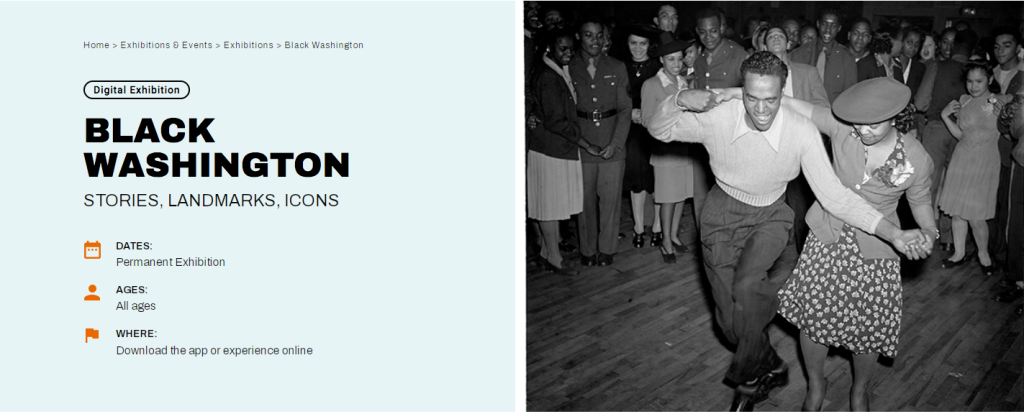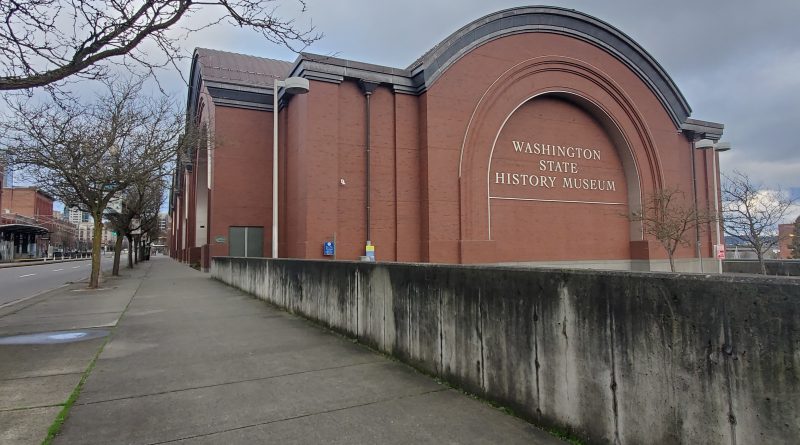Spend this MLK Day learning about prominent Black voices from Washington State
The Washington State Historical Society has curated an online exhibit about Black history in Washington, including an exhibition of MLK and his visit to Seattle.
For Martin Luther King Jr. Day, many people are choosing to visit significant historical exhibitions related to the late civil rights icon. In remembrance of all his dedicated work to human rights and efforts to build stronger communities, he left us with a unique legacy and simple message: If we are unable to confront our own insecurities and fears, we will never overcome our differences.
To celebrate and remember Black Americans like MLK, the Washington State Historical Society has an exhibition showcasing several influential stories of African Americans from Washington state. The exhibit, which is virtual, is free for everyone to access and is a permanent part of the history museum. The stories include the Buffalo soldiers from Tacoma, Black minors of Roslyn, Washington State black pioneers, and the Jackson Street Jazz scene in Seattle. From music and culture to sports and entertainment, each detail the significant impact Black Americans have had on Washington state’s history and culture.

Image Credit: JITTERBUGGERS IN SEATTLE, CA. 1944. PHOTO BY AL SMITH. COURTESY OF MOHAI, AL SMITH COLLECTION, 2014.49.14.006.04
via the Washington State History Museum website
The Buffalo Soldiers section of the exhibit displays how Black soldiers came to the Pacific Northwest. According to the website, once the Civil War came to an end, they were welcomed to join the U.S. Army but only in segregated units. In Coeur D’Alene, Idaho they were tasked to help suppress labor violence against local miners struck in 1892. A few years after their arrival, they were asked to leave when a group of white Washingtonians caught wind that they were stationed near them.
They protested the soldiers and drove them out temporarily until 1908, when they were brought back to provide local defense and wildfire support until 1912. Their name, “Buffalo Soldiers,” was coined by Native Americans who saw African Americans’ curly hair and thought its texture resembled a buffalo hide. The soldiers are often considered to have been fighting on two fronts: military conflicts abroad and lack of civil liberties at home.
The exhibit features photos of the soldiers during their stays in Washington, Idaho and Oregon where they were needed. Sgt. Edward Gibson, who retired at Vancouver Barracks after 30 years of service in 1900, is pictured here. His significant background of close combat in the Philippines and dedicated work to fighting for the U.S. Army won him a Medal of Honor.
In another section of the exhibit, there is a page dedicated to the Black Miners of Roslyn. According to the website, after the Northern Pacific Railroad’s Transcontinental route reached Tacoma, coal mining took off in the 1880s. Rich deposits of coal were found in the Northern Pacific towns. In one of these towns, Roslyn, 150-200 tons of coal were harvested per day.
The Roslyn workers were a significant part of Washington’s history because of their dedicated work in the coal mines and local economy. However, due to poor working conditions and extremely low pay, the workers threatened to strike under the Knights of Labor Union if improvements were not made.
As a result, the coal company refused to change anything and instead brought in African Americans and immigrant communities to work the coal mines in Roslyn. They arrived in trainloads from the South and were expected to take over the work white workers of Roslyn refused to do at such a low pay.
While white locals shouted threats at the newcomers, armed security guards escorted the Black and immigrant workers to their jobs every day. Their arrival created animosity and hostility within the Roslyn community, who were eventually hired again but at a lower wage.
In the exhibit, you can view an interview of Henry Donaldson, a man who grew up in Roslyn after his family moved there to find work during the early 1900s.
In the interview, Donaldson said, “It was tough growing up there. Everyone needed a gun. My number 3 mine was the biggest mine in Roslyn. That’s where all the trouble started. They brought in the strike breakers to the number 3 mine. That was where my family worked.”
The Black workers were eventually displaced after the strike ended and white workers had their jobs back. This forced people like Donaldson’s family to move elsewhere for employment, which led them to Seattle. To this day much of Roslyn’s history is still told and used as a reminder for how significant Black Americans have been to the U.S. economy.
Despite their impact on Washington state, they faced significant barriers when they came here. Most were treated as second-class citizens and forced to stay away from the white locals of Roslyn. The exhibit features several photos of the Black workers of Roslyn, including one of the Wes family, who is seen sitting in front of their house not long after their arrival to Roslyn.
The museum also features a digital MLK Jr. exhibition on his life’s work, including a visit he made to Seattle, where we gave a speech to a group of University of Washington students on November 8, 1961.

According to a Washington state student publication, MLK Jr. said, “Take a stand for integration and stand up against segregation. The white church must take a stand. The Negro church is already standing.”
This was MLK Jr.’s first and only visit to Washington state. Several newspapers and reporters publicized his visit in their paper and followed him around during this trip. As a result of his visit, several racial justice groups emerged, protesting the violence of white people against Black people. His profound legacy was influential on how Americans would go forward facing this racial barrier.
In an article titled “Dr. King Unyielding Fighter for Equality,” published after his visit, Lane Smith spoke of Dr. King’s impact on the Washingtonians: “The strongest impression that the Rev. Dr. Martin Luther King left after two days of whirlwind appearances here is that he is an uncompromising fighter for equal rights for the Negro citizen. He calls his aim brotherhood.”
The exhibition is a permanent part of the museum and is available online free for everyone to visit.



